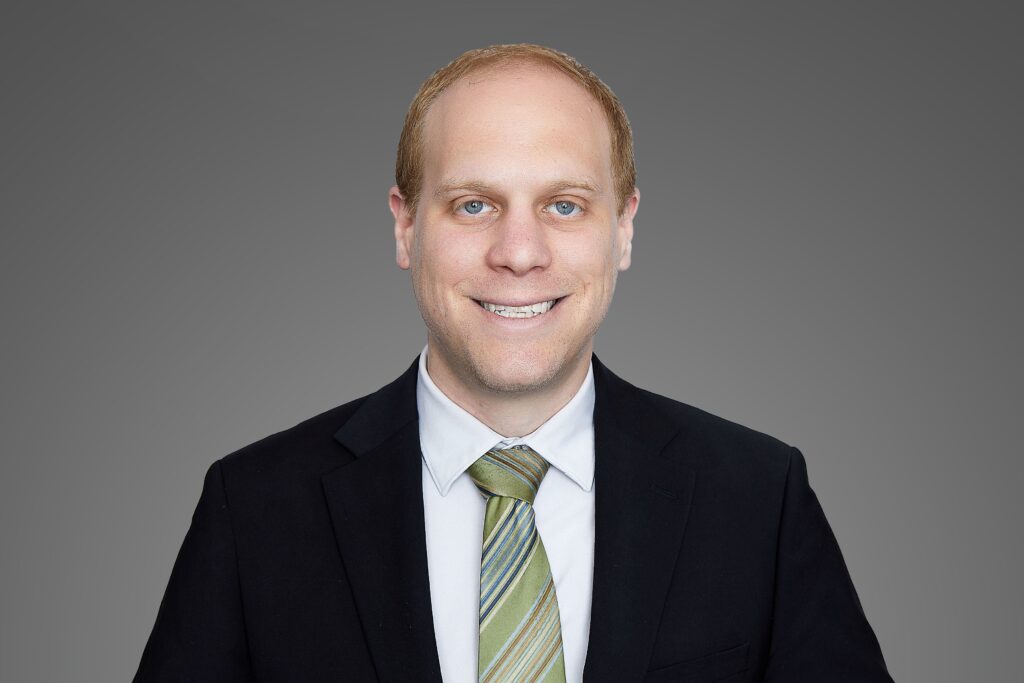Water can do surprisingly serious damage to buildings. Extensive or extended leaks, or water damage left unattended, can cause serious problems, and even threaten the integrity of the home. Water damage can spread quickly, and lead to unexpected problems, and must be quickly and thoroughly addressed in order to contain the damage and cost of repair.
Water damage to property can be caused by a multitude of events. Water intrusion from weather or rain, floods, burst pipes, leaky dishwashers, clogged toilets, overflowing washing machines, plumbing leaks, and roof leaks are just some of the possible causes. In California in particular, the rainy season often leads to water losses and insurance claims. Generally speaking, any water intrusion into a property can result in a number of possible losses.
Fortunately, Haffner Law’s team of property damage insurance lawyers in Los Angeles is here to provide legal counsel.
Damage from Water Losses
Water begins to cause damage immediately, and the damage worsens quickly the longer it is left unattended. Within hours, drywall begins to soak up water and building materials begin to swell, warp, and split, and furniture delaminates. Within days, fungus appears, building materials such as drywall and sheetrock begin to swell and disintegrate, joist and studs begin to swell, warp, and split, and windows and door casings can being to deform. After a few weeks, wood building materials can begin to rot, warp and split, and demolition and replacement of building materials may be necessary. Eventually, if there is sufficient water exposure unattended for long enough, the entire property may need to be torn down.
Water damage, if left unattended, can also pose a health hazard to occupants. For instance, mold can worsen asthma or allergy conditions, particularly in children, elderly, or those more susceptible because of weak immune systems.
Property Issues Related to Water Damage
Water damage insurance claims can give rise to coverage issues relating to exclusions or limitations for wear and tear, flood, continuous seepage or leakage of water, and mold. With respect to mold in particular, insurance policies often have exclusions or sublimits that apply to mold damage. However, insureds often claim mold damage was caused by a delay in the handling of the claim. Under these circumstances, an insured may be able to obtain compensation for the mold damage as bad faith damages, even if it is excluded or limited under the terms of the policy.
In addition to the coverage issues, conflicts with insurance companies often arise regarding the scope and cost to repair water losses. Because water damage spreads, the extent of what needs to be repaired can often be an area of dispute between an insured and his or her insurance company in connection with a water loss. Experts are often required to assist in estimating the water damage, and to contest the insurance company’s scope of damage and estimate for repairs.
Water losses can be very serious claims, and the damage can easily spiral out of control if not correctly and timely handled. Coverage issues can be complicated by conduct after the loss which worsens the water damage. Insureds who are struggling to have water damage claims paid by their insurance company may want to seek legal advice or guidance in pursuing the claim.
Filing for Property Damage Claims
Submitting claims for property damage involves several coverage issues. This will depend on your type of claim.
The complex nature of insurance easily confuses poor home or property owners. Instead of facing it alone, get in touch with Haffner Law – a property damage attorney in Los Angeles.
We are highly experienced with the details of filing for damage claims. Our practice evaluates the damage, thoroughly reviews your policies, and determines the proper coverage of your loss. It’s important to act quickly before further damage occurs; we focus on achieving the best possible settlement.
Get help from a Los Angeles Water Property Damage Claims Lawyer from Haffner Law by calling (213) 514-5681, or by using the contact form on this page. The consultation is FREE, and there’s no obligation.








